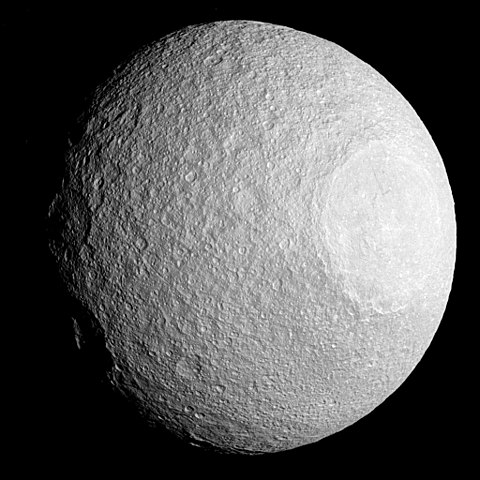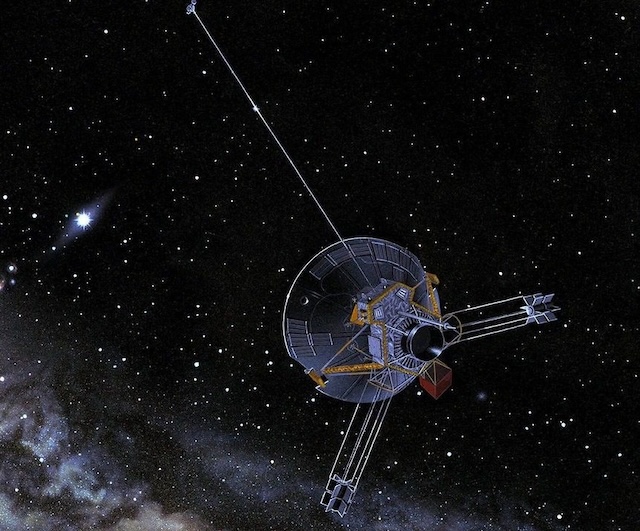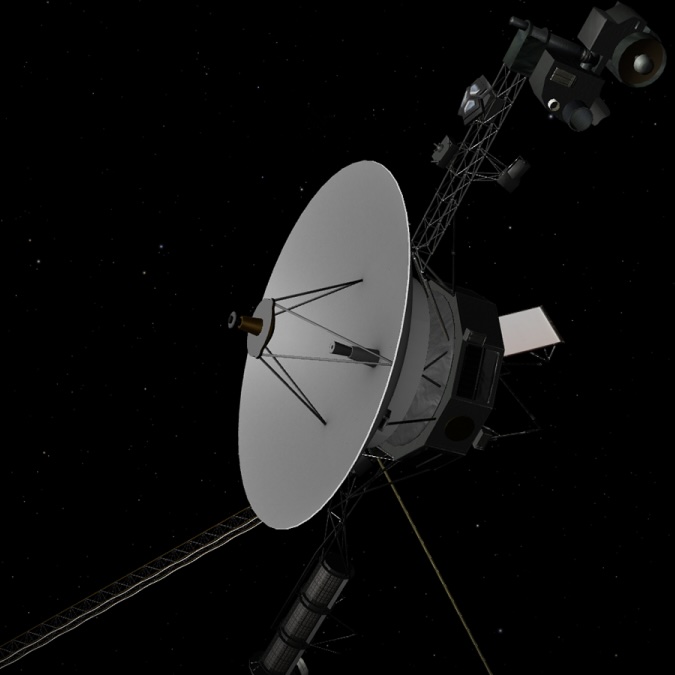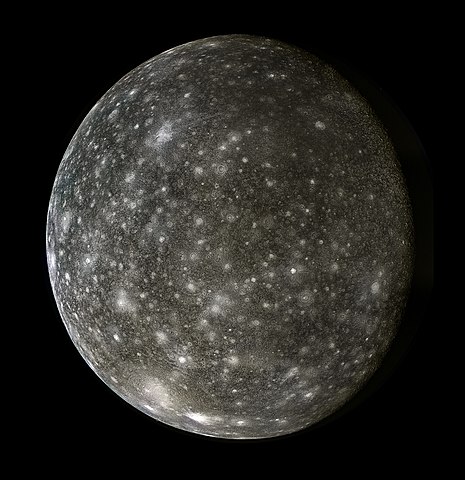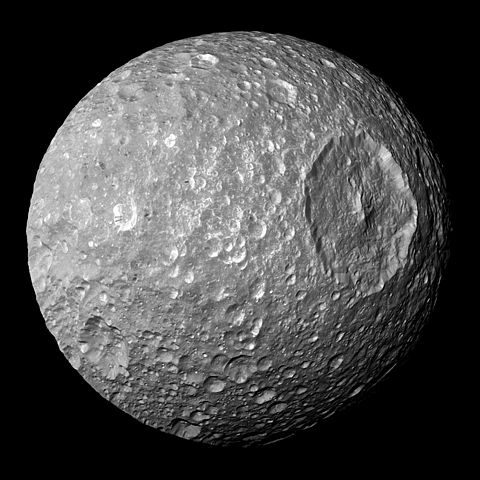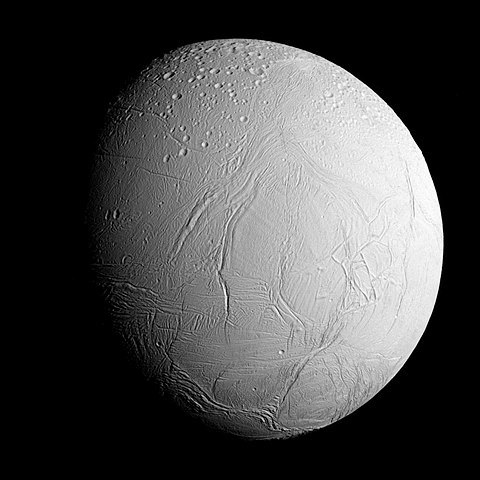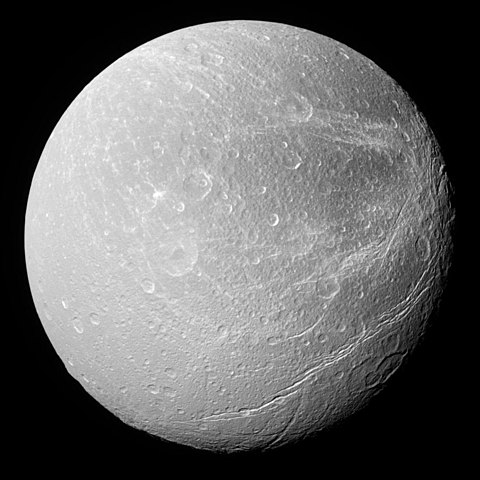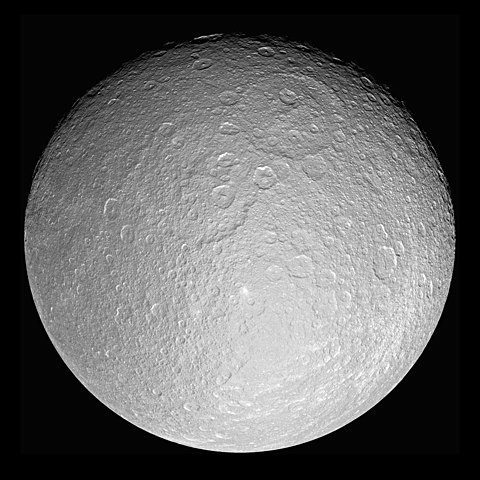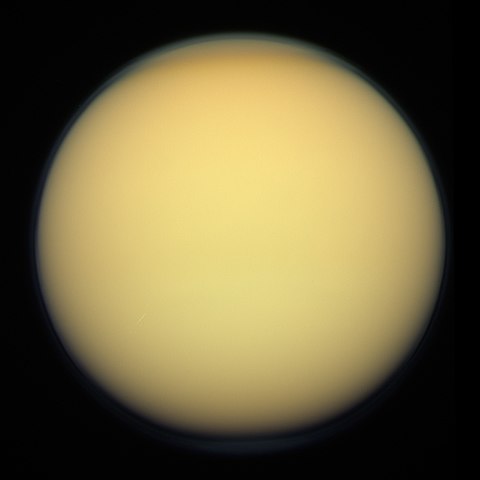1 day / second
0.5 AU
Tethys
Moon of Saturn
A mid-sized icy moon of Saturn marked by a massive impact crater called Odysseus that spans nearly 40% of its diameter and a long valley system named Ithaca Chasma that stretches across three-quarters of its circumference.
Key Facts
learn more | Wikipedia |
mass | 6.1745e+20 kg |
radius | 531.1 km |
semi-major axis | 294,670 km |
eccentricity | 0 |
inclination | 27.821º |
longitude of the ascending node | 0º |
argument of periapsis | 0º |
orbital period | 1.889 days |
surface gravity | 0.015 g |
Parent Planet
Saturn
A massive ringed gas giant with a distinctive yellow-orange hue, known for its extensive system of icy rings and more than 80 moons, including Titan, the only moon in the Solar System with a thick atmosphere.
Spacecraft Visits
Pioneer 11
Flyby
Launched in 1973, visited in 1979
Pioneer 11 conducted a brief flyby of Saturn's moon Tethys during its Saturn encounter on September 1, 1979, capturing distant images of the icy satellite.
Voyager 1
Flyby
Launched in 1977, visited in 1980
During its flyby of Tethys on November 12, 1980, Voyager 1 captured detailed images of the moon's surface from a distance of 415,000 kilometers, revealing its large impact crater Odysseus and extensive system of valleys.
Voyager 2
Flyby
Launched in 1977, visited in 1981
During its August 1981 flyby, Voyager 2 captured high-resolution images of Tethys from a distance of 93,000 kilometers, revealing the massive Odysseus impact crater and extensive systems of valleys across the moon's icy surface.
